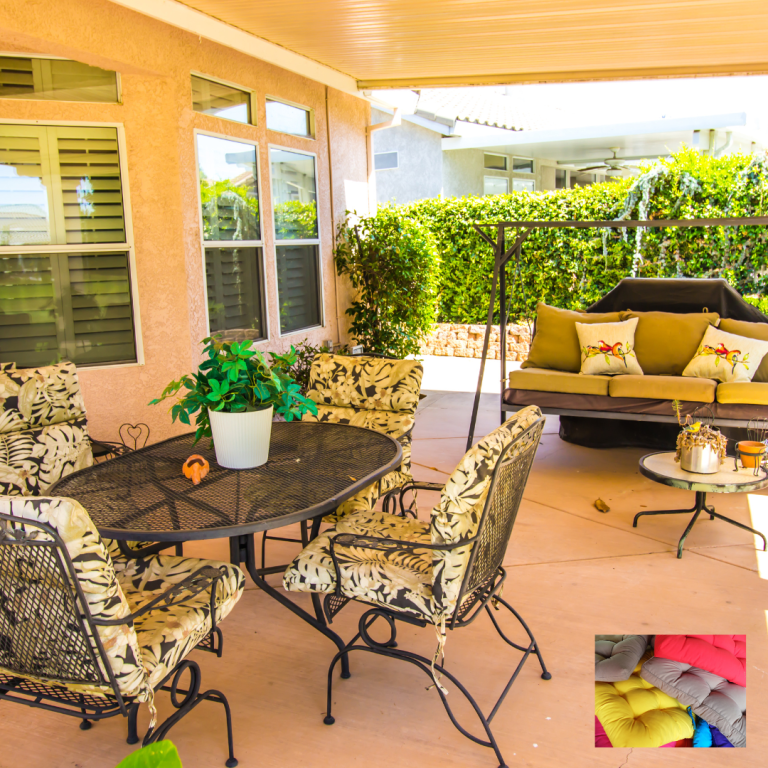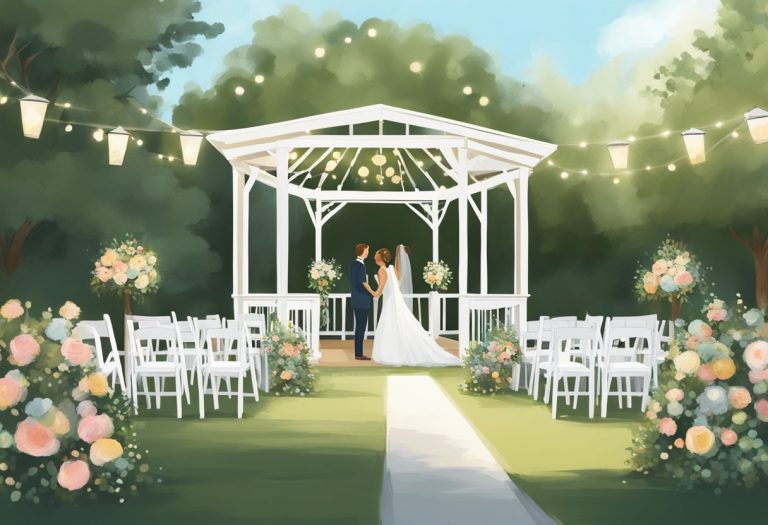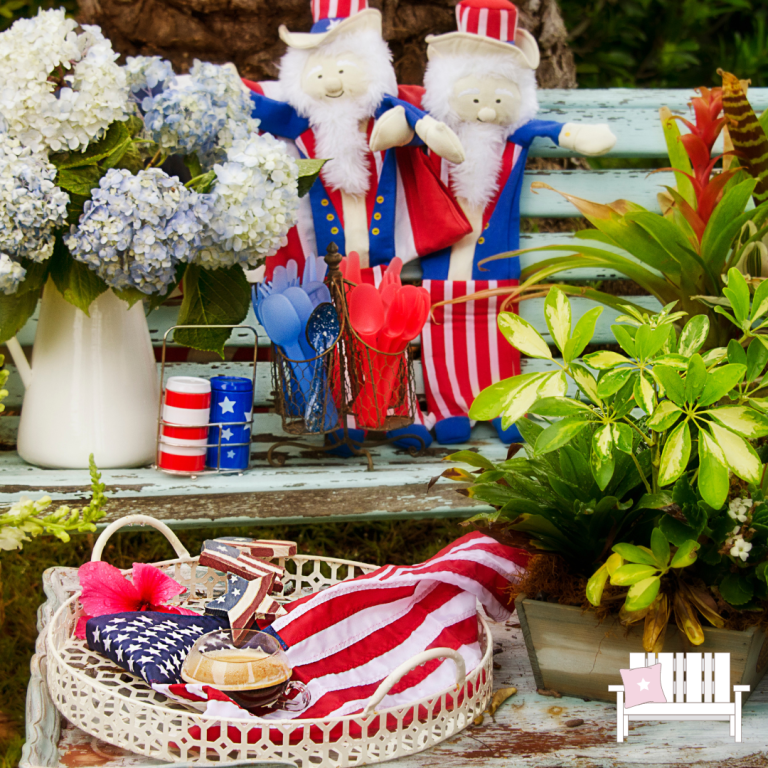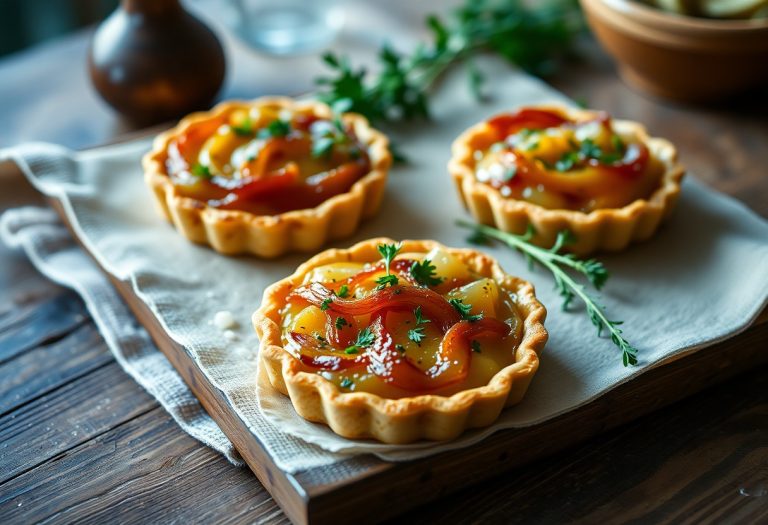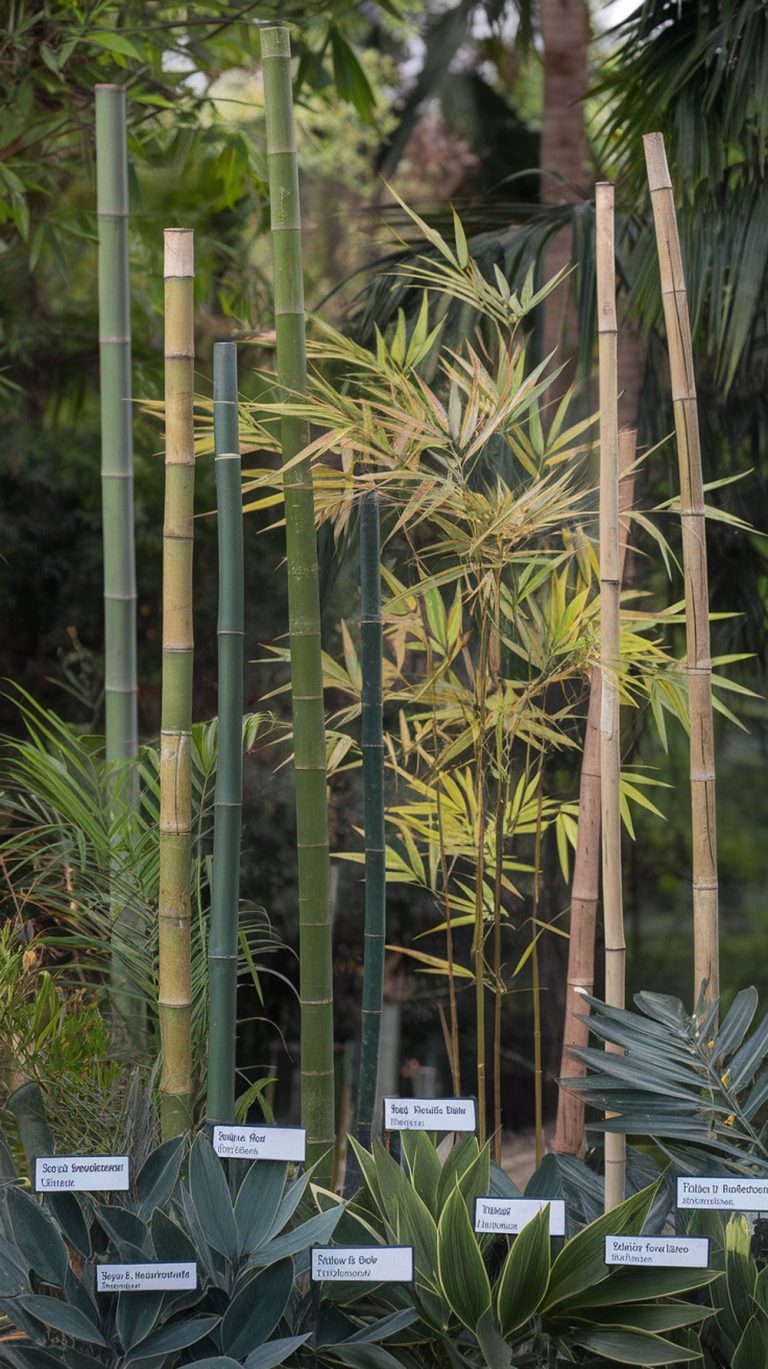Outdoor Kitchen Lighting
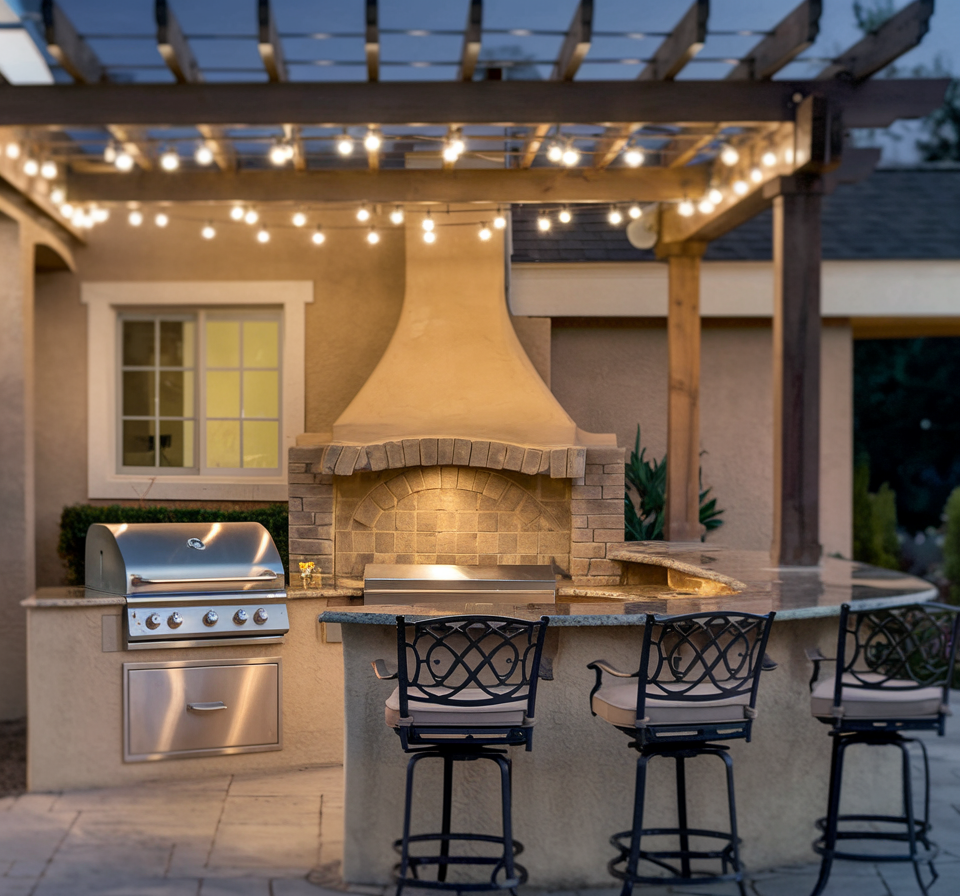
The Ultimate Guide to Outdoor Kitchen Lighting
Table of Contents
ToggleOne obvious benefit of outdoor lighting is that it improves the aesthetic of your outdoor kitchen. Your outdoor kitchen will stand out with the right lighting. Well-designed and well placed outdoor lighting will also boost the value of your outdoor kitchen. Most importantly, a good lighting plan will make the outdoor kitchen space a safe and efficient space for food preparation, cooking and dining.
The purpose of your outdoor kitchen and bar lighting design is to highlight the kitchen and bar areas, as well as all of the features that connect them. You should pay heed to the necessity of creating a lighting system that provides adequate illumination while avoiding dark patches in your cooking and prep areas as well as dining spaces. At the same time, you might incorporate some aesthetic alternatives that will best enhance your home’s garden pathways, pool areas, steps and landscaping.
A good lighting system doesn’t happen by chance. Fortunately, knowing a few lighting design principles and matching them with your specific outdoor kitchen plan and style of entertaining is all you need to make your outdoor kitchen space beautiful, functional and safe.
Why Install Outdoor Kitchen Lighting
The Benefits of Outdoor Kitchen Lighting
So, why is outdoor kitchen lighting such a fantastic addition to your property? There are numerous reasons, so let’s focus on the top five advantages of outdoor kitchen lights.
Safety and Security Lighting
Cooking in the dark can lead to overdone steaks and burnt fingers not to mention tripping over an unseen object. Your guests will appreciate being guided to your entertaining areas with pathway and step lighting so they don’t trip on their way to your gathering spot.
Lighting also deters unwanted animal guests and intruders with nefarious intent from entering your outdoor kitchen space.
Property Value Increase
A well planned lighting system offers visual interest and increases the appeal of your outdoor kitchen. The landscape’s characteristics can be illuminated, drawing attention to aspects that might otherwise be overlooked and making the yard, patio, or deck appear well-kept and tidy at all times of the day and night
Expand the Usability of the Backyard
Your family doesn’t have to stay inside once the sun goes down if they have the correct illumination. In the evenings, relax on your patio, extend your activities outside, and make the most of your home’s outdoor kitchen, dining and entertaining areas.
Eco-Friendly Alternatives
As technology has progressed, exterior lighting alternatives have expanded beyond noisy, buzzing halogen lamps. It’s now possible to light up the landscape and outdoor kitchen without leaving a large carbon footprint thanks to solar lights and LED bulbs.
Electricity in the Outdoor Kitchen
Types of Outdoor Kitchen Lighting Systems
Low voltage systems
Low-voltage systems work by converting 110-volt house power to 12-volt power via a transformer. The transformer is connected to an outdoor GFCI (ground fault circuit interrupter) outlet and installed on an exterior wall.
The transformer’s size must correspond to the number, distance, and wattage of the fixtures you choose. This is due to the fact that a single transformer can only take so much electricity and that a line loses power as it travels (this is called voltage drop).
Complex lighting schemes necessitate a large number of transformers and should be discussed with your lighting dealer or a lighting professional.
In terms of power and design flexibility, professional or high-quality low voltage lighting can do nearly the same range of lighting jobs as a line-voltage system. It can also do it at a lesser cost of operation because to the variety of bulbs offered.
Low-voltage systems are available in kit form for DIY installation, such as low voltage landscape lights, but it’s always a good idea to speak with a professional first.
Line power systems
Line power systems are designed for situations where bright illumination is required. Because such systems require more complicated planning and might be dangerous if done wrong, they are usually installed by an electrical contractor.
All complicated electrical lights and lighting installation should be installed by a licensed electrician and must follow local zoning regulations. You may need a contractor to dig trenches for electrical cables in addition to an electrician, or you can do it yourself.
Because they will be exposed to wet and temperature extremes, all electric lights used outdoors must be authorized for outdoor usage. Ensure that all electrical fixtures, switches, and plugs are UL approved for outdoor use, and that all outlets are equipped with GFCIs (which prevent electric shock and short circuits by turning off if they become wet).
For added safety, weatherproof wire is employed and encased in PVC pipes. Between your home’s electrical circuit box and the outdoor kitchen, they are run in 6-inch-deep holes. Make a mental note of their trajectories so you don’t accidentally run into them while digging a hole.
Alternatives to Electric Lighting Outdoors
You don’t have to use electricity to get the outdoor kitchen lighting you want. Here are a few other options.
Outdoor lighting fixtures for natural gas are available in a number of styles in places where natural gas is available. Natural gas lines should be run by a qualified, licensed contractor.
Photovoltaic cells are used in solar lights to generate light from energy stored in the sun during the day. Their exact degree of power is determined by the quantity of light they are exposed to, as well as the battery’s power and efficiency, but it is always modest.
Live fire, in the form of candles, can add a lot of elegance to an outdoor kitchen. Candles with hurricane shades or kerosene lanterns can be used to light your outdoor kitchen counter.
Using electricity does not prevent the use of any of these mood-friendly non-electric choices.
Where to Start – Types of Outdoor Kitchen Lighting
1. Ambient
Using color, temperature, and brightness to generate a comfortable and even level of light throughout a space is known as ambient lighting (also known as mood lighting). Ceiling lights, wall-mounted fixtures, and recessed spotlights are the most common sources of ambient lighting.
Ambient lighting in your outdoor kitchen will normally originate from the space’s main light source, which will likely generate a bright white light across the space, allowing you to see clearly and avoiding eye strain. String lights hung above the kitchen area are a common way to light an entire outdoor kitchen space with ambient lighting.
2. Task
Task lighting does exactly what it says: it allows individuals to do specific jobs in a given space.
When planning and developing a lighting plan for an outdoor kitchen, it’s critical to understand how the light needs to perform. It’s important during planning to consider how the space will be used and where certain light sources will be required.
Task Lighting in the Outdoor Kitchen
Task lighting is an important type of lighting that should be used in outdoor kitchens. It is brighter than ambient lighting and is concentrated on the specific area where the task is conducted. Glare-free task lighting that is strong enough to prevent eyestrain is ideal.
Pendants or Ceiling Downlights
It’s crucial to consider where you’ll put these lights, not just what kind of lighting you want in your outdoor kitchen. Placing spotlights too far away from your work area is a common mistake. The spotlights should be placed immediately over the work surfaces to get the most light. This will lessen the amount of shadows cast while cooking, chopping, and cleaning.
Lighting for the Countertop
Strip lights and spots or pendants are the three most common types of countertop lighting. These lights, particularly strip lights, can be used for mood lighting, but if you’re using them for task lighting, make sure they’re bright, and if they’re spotlights, make sure you have a spotlight or pendant above your main work area. It’s worth taking the time to plan ahead of time before installing these, since they’ll provide you with years of practical usage.
3. Accent
Accent lights are three times brighter than ambient lights and are used to draw attention to a specific object or location. Accent lighting transforms a feature, such as artwork, furnishings, or architectural elements, into a focal point by drawing attention to it. For this form of illumination, adjustable fittings are ideal since they allow for precise focusing on small regions or objects.
Accent lighting used in an outdoor kitchen may highlight artwork on a back wall or art hung on the bricks of a pizza oven chimney. A fanciful tile inset might be another focal point to direct accent lighting towards.
• Wall lights • Recessed spot lighting • Track lighting • Wall-mounted picture lights are examples of common accent lights.
Accent lighting varies from other types of lighting in that its main goal is to provide an aesthetic focal point for the spectator. It adds beauty and drama to a space, and is particularly well suited to living areas where distinctive features are to be shown.
4. Decorative
Decorative lighting is the fourth layer of indoor illumination and, to put it another way, it’s like house jewelry: it makes your space shimmer and shine. Decorative lighting fixtures can be used to accessorize your home and highlight its best characteristics.
Decorative Lighting Examples
It’s worth noting that decorative fixtures can sometimes be used for various functions, such as task or accent lighting. This only adds to the versatility of decorative fixtures.
Sconces: Wall sconces come in an almost infinite number of shapes, sizes, colors, styles, finishes, and costs, and are ideal for adding a little glitz to small portions of a space. There’s no limit to what you can light or how the lighting will look with sconces.
What if sconces had stems and could be suspended from the ceiling? Pendants, which can be used for task lighting but are often constructed with ornamental flare, are based on this concept. Mini pendants are ideal for ornamental purposes because they are available in a wide range of designs, including ultra-modern, natural, crystal, retro, and everything in between.
Chandeliers: Chandeliers are often fairly beautiful as well as being used as ambient lighting. After all, a cascade of crystals cascading from the ceiling is the very definition of home jewelry. Mini chandeliers or chandelettes, which are smaller versions of chandeliers, are also available to add glitter to any room. Chandeliers are no longer limited to majestic foyers and dining rooms.
By combining ambient, accent, and task lighting, you create a multi-layered look that has depth and functionality.
Types of Outdoor Kitchen Lighting Fixtures
1 Surface Mounted Lighting
All of the following types of light fixtures follow the same type of mounting technique and can be broadly defined as surface mounted lighting.
A pendant light is a light fixture that hangs from the ceiling through a cable, chain, or metal rod. Pendant lighting has been a popular choice among homeowners across many typologies since it is less bulky and often more inexpensive than chandeliers.
Ceiling mounted lights are divided into two types: flush mounted and semi-flush installed. As shown above, a flush mounted light has no space between the ceiling and the fixture. Semi-flush mounted lights are similar to pendant lights, but they have a little space between the ceiling and the fixture, making them look like pendant lights but without dangling as low. Both flush and semi-flush mounted lights are effective for providing ambient lighting and, because they don’t take up a lot of space, are ideal for situations with low ceilings.
Also known as a sconce, wall mounted lighting is mounted on the wall and can cast upward, downward, or diffuse light.
Track lighting fixtures work as a horizontal extension of the electrical signal. General or task illumination can be provided via track mounted lights.
2 Recessed
Recessed lighting is recessed lighting that is built into a ceiling, wall, or other surface. Housing, trim, and bulb are the three primary components of recessed lighting fixtures. The housing is the majority of the fixture, which is concealed within the wall or ceiling and houses the fixture’s electrical connections. Baffles, reflectors, and shades are all examples of trim, which is the decorative, visible element of the fixture. The bulb, which is the part of the fixture that creates light, is the final component.
3 Track Lighting
What makes track lighting so appealing is the variety of ways you can rotate it to modify the look of your outdoor kitchen. They’re particularly excellent for highlighting features or appliances, as well as for illuminating surfaces and providing ambient illumination.
You don’t need to connect each light to a different outlet since each rail track utilizes a track or rail transformer that is connected to a single power source. You can choose how many heads to use and adjust their directions once the track is installed. Track lighting is an innovative technique to operate several lights from a single power source.
4 Portable
Lights that can be picked up, relocated, and plugged in anywhere there is an electrical outlet are known as portable lamps. Portable lamps include floor lamps, torchieres, and table lamps.
In an outdoor kitchen or bar, portable lighting can be found on countertops or bar tops. These lamps are typically decorative in nature and may follow the design theme of the space. They can be used for both ambient and task lighting. Several manufacturers make outdoor rated lamps for just these purposes.
Homeowners have used string lights to provide a lot of illumination from one source. These can be purely decorative, or can provide enough general light to illuminate entire work areas.
Lighting the Way into and around the Outdoor Kitchen
Every outdoor kitchen will require general lighting to illuminate a large area such as a patio or deck. Imagine this fundamental level of light as the outdoor equivalent of a nightlight: it provides a low amount of illumination while allowing you to navigate the room. A series of lights set on the upright posts of a deck’s railing is a deck lighting arrangement that exemplifies this. Specialized lighting for certain tasks or accents is frequently used in conjunction with general lighting.
Lighting Paths and Stairs
When dining outside or returning inside the house, access lights indicate the path to take. They act as navigational guides for your guests, which is especially crucial if your outdoor kitchen is positioned distant from the home and requires navigating stairs. These lights come in a variety of low-voltage and solar fixtures and provide varying levels of lighting depending on their power and, in the case of low-voltage, bulb type. They’re the equivalent of hallway lighting outside and may be incorporated into your landscape lighting design.
Task Lighting to Work By
Task lighting is intended to make a job easier by focusing a large amount of light on a work surface. In an indoor kitchen, this is similar to under cabinet lights shining onto the counter.
Fixtures positioned on beams can be aimed down at the counters in an outdoor kitchen with a roof. Lights are recessed or surface mounted within or on the stone or brickwork in built-in grill enclosures, similar to stair lights. If you want the lights to be recessed, plan early because you’ll need to know their dimensions and electrical needs before the kitchen, grill counter, or island is built.
A small surface mounted spotlight that clamps onto a grill is one type of lighting idea developed specifically for outdoor cooking, and some grill manufacturers include such headlights as standard features. A lamp or wall fixture used on a porch or gazebo is another type of job light. Outdoor-rated pendant lights can also be used to illuminate a dining table, bar counter, or sink area because these buildings are the most protected of outdoor settings similar to lighting above the grill.
Light for Function and Visual Effect
The view from outside rooms can take on a theatrical quality, calling the eye to certain things while masking others. For example, after you’re sat at the table, you’re unlikely to want to look at the kitchen. Lights that are switched separately allow you to illuminate one area while leaving the other in the dark.
Outdoor kitchen lighting idea: With a delicate light source and precise placement in relation to architecture, people, and things, the greatest lighting is always the most natural looking. To put it another way, make the light, not the fixture, the focal point.
Here are some classic light-manipulation techniques:
In an outdoor kitchen, downlighting is utilized to highlight cooking areas by shining light down from above onto a surface. A downlight can be a large lantern or a ceiling fan with a center light as a central ceiling fixture.
Because consistent light is rarely required outside, the ideal strategy is to use downlights just where they are needed to illuminate work areas. Make sure they’re pointed at the counter to avoid casting shadows on those standing at the grill, sink, or wood-burning oven. These lights should be placed as far above you as feasible, focused at the work surface rather than behind you.
Down-lights can be put on trees or a post to illuminate a grill that is out in the open and not under a roof. A wall mounted light can be utilized if the barbecue is close to the home or a garden wall or fence.
Uplighting, similar to how the sun makes clouds glow with light, can be used to illuminate the roof or ceiling of your outdoor kitchen or entertaining space. Because light bounces off the surface and reflects down, creating soft light shining upward where a wall or post meets the roof or ceiling offers soothing ambient light. String lights are a subtle method to achieve this in an outdoor room. Use commercial rope lights under the inner eaves of a roof or on top of support beams for a permanent installation.
Using Light to Highlight a Focal Point
All of these lighting solutions can provide you and your guests with something lovely to gaze at while you relax and converse.
Brushing or flooding a surface with light is known as wall-washing. This approach can be used to dramatic effect. Small low-voltage halogen bulbs aimed back at the wall from a few inches away are typical of such fixtures.
Accent lighting can be used to draw attention to a wood burning oven or pizza oven’s front face. The goal of these lights, whether they are up, down, wall-washing, or cross-lights, is to accentuate the object. A focal point should be illuminated with spot lights and task lights.
What Types of Lighting are best for:
1. Prepping – task, ambient
2. Cooking – task
3. Serving – decorative, ambient, accent
4. Dining – decorative, ambient
Exterior lighting can enhance the appearance of an outdoor kitchen, dining area and entertaining area, highlighting desirable features and hiding those that are less so. Lighting increases the safety of after-dark use and cooking activities and can create magical effects.

